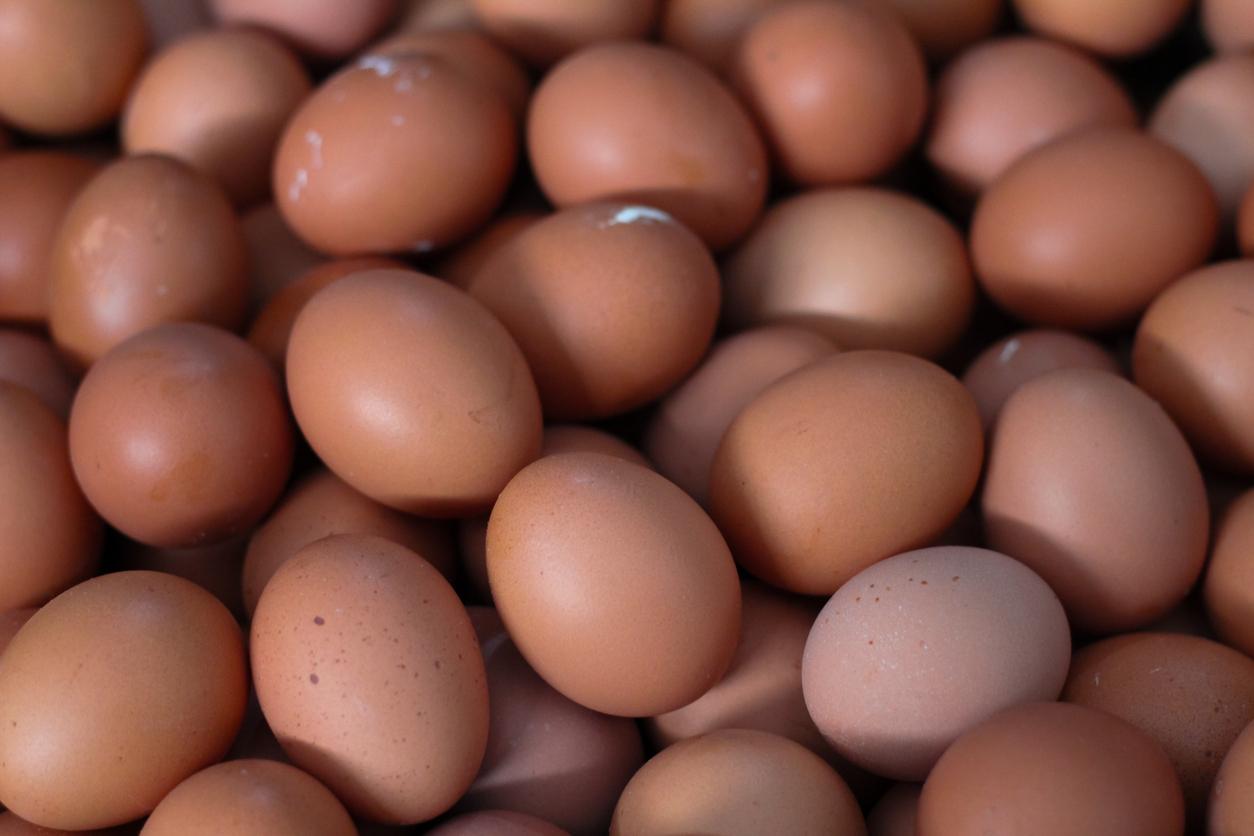An independent researcher confirms that the nutritional value of fruits and vegetables has considerably decreased over the past fifty years.

Has the nutritional value of our fruits and vegetables declined over the past decades? In any case, this is what the work of the independent researcher Anne-Marie Mayer published in the British Food Journal.
Lower iron, calcium, copper and potassium
Comparing the mineral content of 20 fruits and 20 vegetables grown in the 1930s and 1980s, she observed several marked reductions in mineral content. Specifically, the researcher says calcium, magnesium, copper and sodium levels have dropped in vegetables, as have magnesium, copper, iron and potassium levels in fruits.
According to her, phosphorus would be the only mineral to have shown no difference in level over the past 50 years. The water content would have increased significantly and the dry matter (what you get when you remove the water from a product) fell sharply in fruit. “These changes could have been caused by measurement or sampling anomalies, changes in the food system, in the varieties grown or in agricultural practices”comments the researcher who considers that it appears essential today “study the causes of differences in mineral content and their effect on health.”
Tomatoes lost 59% vitamin C
These results are in line with those of the program “Cash Investigation” (June 2019) which analyzed the 70 fruits and vegetables most consumed by the French and discovered that they had lost an average of 16% calcium, 27% vitamin C and 48% iron over the past 60 years. For example, in 60 years, the tomato would have lost 59% of vitamin C, in particular because 98% of the varieties of tomatoes placed on the market come from hybrid seeds, which means that the genes are crossed.
However, the subject is not new. In the United States, Doctor Donald Davis of the University of Texas published a large study in 2004 on the nutritional values of 43 fruits and vegetables between 1950 and 1999 in the Journal of the American College of Nutrition. He then evokes drops in protein, calcium, phosphorus, iron, riboflavin (vitamin B2) and vitamin C.
Donald Davis attributes this loss of micronutrients to new agricultural practices designed to increase the size and growth of fruits and vegetables. “There were probably drops in other nutrients, like magnesium, zinc, and vitamins B6 and E, but they weren’t studied in 1950 and more research needs to be done to find out how much we’ve lost”did he declare.
However, the fact that fruits and vegetables are no longer as rich as before does not mean that it is useless to consume them, on the contrary! They are always rich in fiber, vitamins, minerals and essential for our health.
.
















